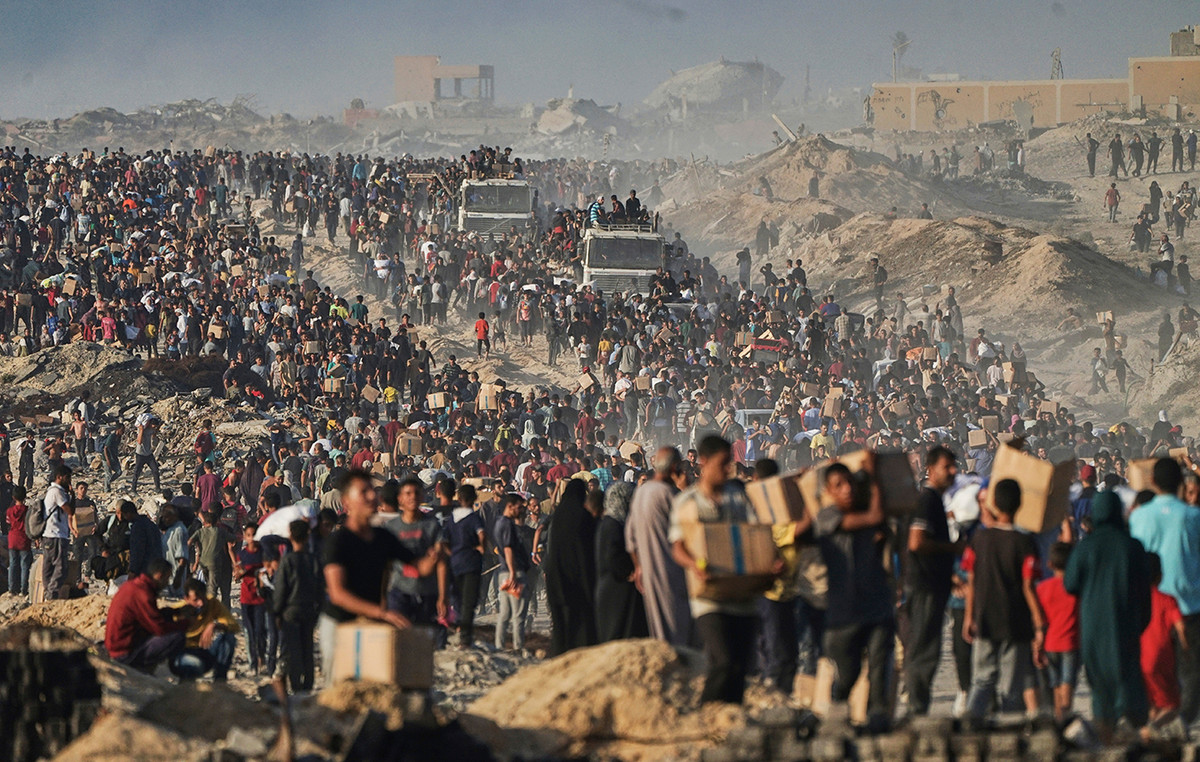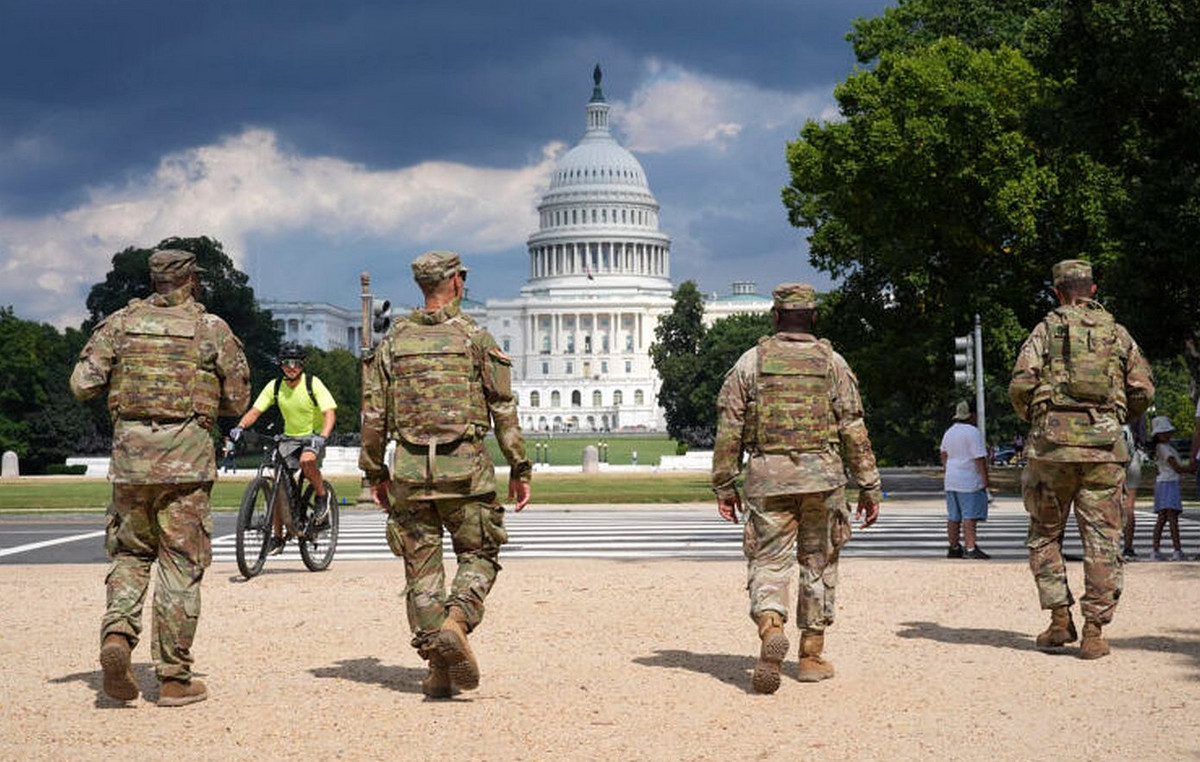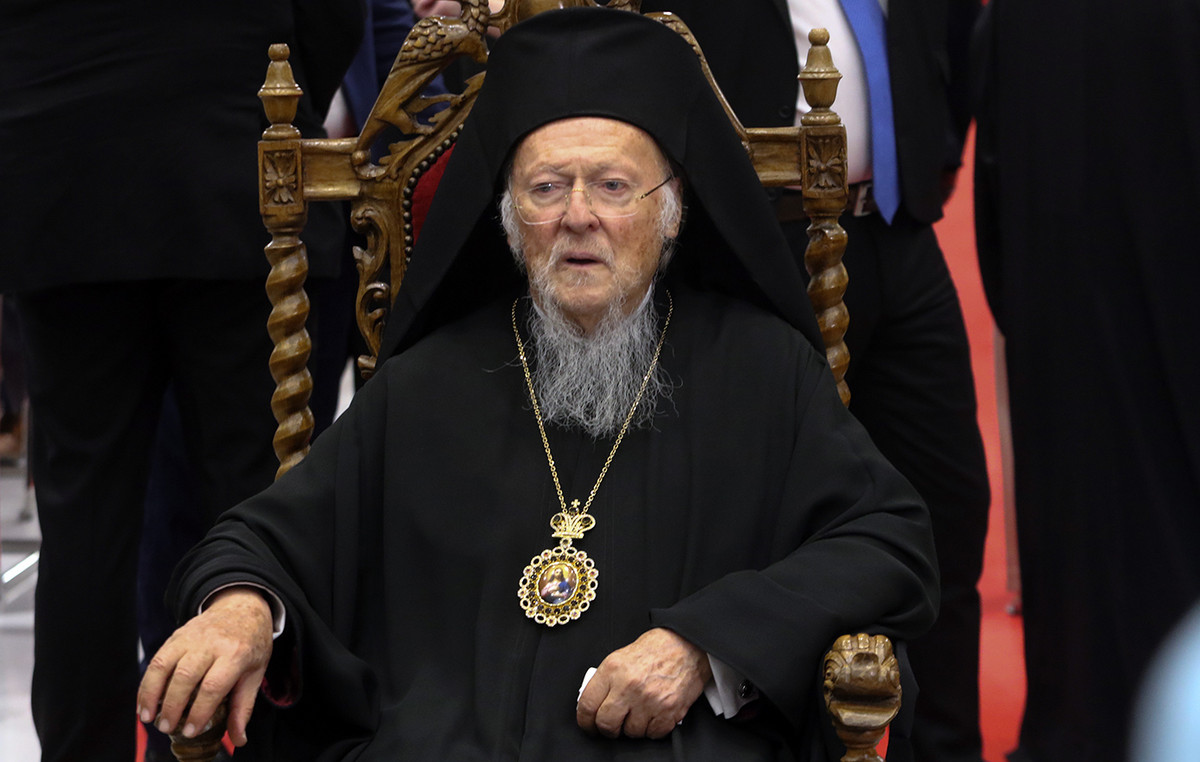Sri Lanka’s parliament will meet again on July 15 and a new president will be elected on the 20th, the Speaker of Parliament said on Monday, while President Gotabaya Rajapaksa plans to step down on Wednesday amid a devastating economic crisis.
“Nominations for the next president will be presented to parliament on July 19. On July 20, parliament will vote to elect a new president,” President Mahinda Yapa Abeywardena said in a statement.
“During the party leaders’ meeting held today, it was agreed that this was essential to ensure that a new all-party government is in place in accordance with the Constitution and to carry forward essential services.”
How the lack of fuel threw Sri Lanka into one of the worst crises in its history
O Sri Lanka an island in the Indian Ocean located below India, has been facing for a few months what is considered the worst crisis in the country since its independence in the late 1940s. inflation above 18%, fuel shortages have already led to protests, injuries and the resignation of the prime minister.
On Saturday, protesters stormed the Sri Lankan president’s official residence in Colombo. More than 100,000 people gathered outside the building, urging the leader, Gotabaya Rajapaksa, to step down because of the country’s economic crisis.
A video broadcast on Sri Lankan television showed protesters entering the president’s home – Rajapaksa’s office and residence in the commercial capital – after breaking through security cords put up by police.
The country is currently the 64th largest economy in the world, according to data from the International Monetary Fund (IMF ), and faces a combination of problems that are unique and common to a number of nations.
The country’s inflation scenario has worsened especially since October 2021. Since April 2022, the official inflation index has remained above double digits, with no signs of having reached a peak.
On 6 June, the new Prime Minister of Sri Lanka, Ranil Wickremesinghe stated that the country is “bankrupt” and that millions of people face difficulties to buy basic products such as food, medicine and fuels .
Causes of the crisis
Just before Wickremesinghe spoke about the country’s situation, Energy Minister Kanchana Wijesekera assessed that the current crisis was inevitable, but it was accelerated by the external scenario.
“In terms of fuel and food, our country would have to face this crisis at some point. Fuel was scarce. Food prices have gone up,” he said.
According to him, international crises such as war in ukraine and the Covid-19 pandemic worsened the picture.
the price of Petroleum for example, skyrocketed throughout 2021 and the first few months of 2022, reaching the highest level since 2008. It even surpassed $120, and remains above $100.
As the value in the international market is valid for all countries, prices have risen around the world, including in Sri Lanka, making imports more expensive and more difficult and leading not only to a rise in fuel prices, but also to a shortage of the product.
On more than one occasion, the government announced that I would run out of fuel in a few days and came to depend on emergency supplies from other countries.
The shortage led not only to queues at gas stations, but also to the need for the government to take measures to reduce the population’s mobility.
Classes were suspended, government employees were encouraged to work from home and fuel was only provided to services considered essential, with airports and ports subject to rationing.
Important industries for the country, such as clothing, have fuel for up to 10 days, according to government reports.
A source from the island’s government told Reuters that the country’s daily consumption of gasoline and diesel was 3,000 and 5,000 tonnes, respectively. On June 26, the government had 9 thousand tons of diesel and 6 thousand tons of Gasoline in stock, with no forecast of new shipments.
In addition, the rise in prices had a knock-on effect, hitting other products such as food and medicine due to higher transport costs.
For Wijesekera, “due to the recent global crises, this situation has worsened and we who were in the frying pan have fallen into the oven”.
The government’s current expectation is that Sri Lanka’s inflation, currently above 18%, could reach 60% by the end of the year.
However, the scenario was worsened by some structural elements of the Sri Lankan economy.
Over the past decade, the government has taken out large international loans to expand public services. Since 2016, however, the country has experienced a series of problems, such as damage to agricultural production due to monsoons, a constitutional crisis in 2018 and a terrorist attack in 2019.
In the same year, newly elected President Gotabaya Rajapaksa cut taxes to stimulate the economy.
When the pandemic began, in 2020, Sri Lanka had to close its borders, which ended up leading to a drop in foreign exchange inflows and economic problems in a country heavily dependent on the tourism .
In this scenario, the government deficit soared, foreign investments were withdrawn and reserves were depleted.
A survey by the rating agency Austin Rating points out that the Sri Lankan rupee was the currency that depreciated the most among 120 countries, falling by 43.6% from January 1 to June 30. As in other economies, the prices of imported products soared, worsening the inflationary scenario.
Consequences
The most concrete effect of the soaring prices in the country is the long lines to fill up cars or buy products. In addition, the government has officially declared bankruptcy, with no ability to honor payments to foreign investors.
The economic scenario led to an increase in popular dissatisfaction, which resulted in a series of anti-government protests and ensuing conflicts with government supporters in the country’s capital, Colombo. A national curfew was even imposed.
Source: CNN Brasil
I’m James Harper, a highly experienced and accomplished news writer for World Stock Market. I have been writing in the Politics section of the website for over five years, providing readers with up-to-date and insightful information about current events in politics. My work is widely read and respected by many industry professionals as well as laymen.







